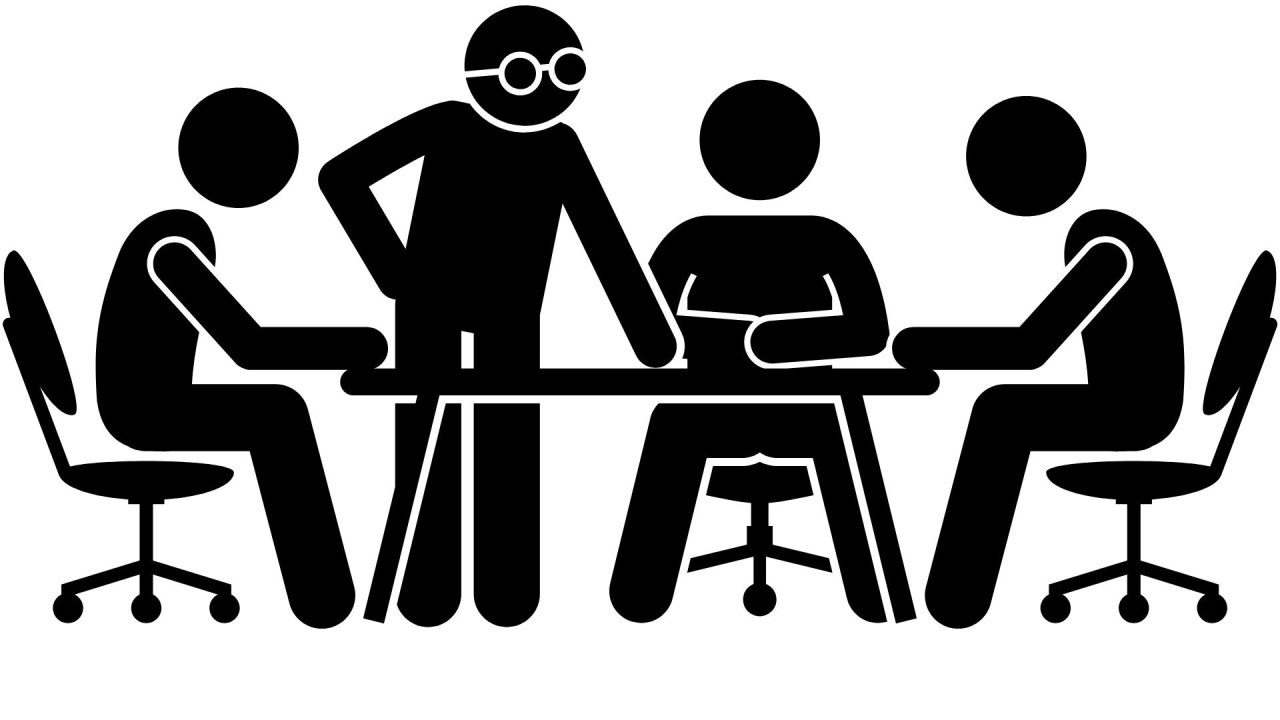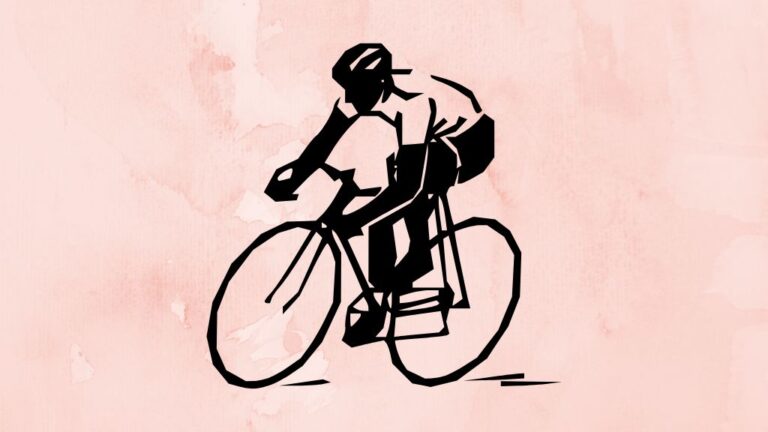Great solutions emerge from listening deeply to problems
The Art of Understanding Before Solving
I ran into a professor of systems engineering on a flight today – he taught at a prominent university in the US for 35+ years, I learned. Let us call him Dr. Raju. We dug into Systems talk to kill time, but it was worth it – brought back memories of Univ days and jogged my memory on some key concepts. Dr. Raju had changed careers 7 times it turned out but his systems engineering background helped him in all his other 6 careers! Here are some insights that emerged from the discussion.
Take your time – get to the know the problem intimately
If I had an hour to solve a problem, I’d spend 55 minutes thinking about the problem and 5 minutes thinking about solutions.
Albert Einstein
Look at the problem closely and minutely, and it will begin to talk to you. It will tell you its “problems.” All it wants is for you to listen without judgment. When you observe something deeply, without the clutter of assumptions or mental chatter, it starts to reveal itself. Why does this happen? The answer lies in our usual way of thinking—we rush to conclusions because it’s faster, easier, and makes us feel smart. But the truth is, wisdom lies in slowing down. It’s smarter to take things easy, breathe deeply, and observe without judgment. Don’t be in a hurry to conclude. Instead, chew on it slowly, paying attention—close attention. Examine all dimensions. Look at the problem’s facets.
Defining the Problem: A Systems Engineering Perspective
The significant problems we face cannot be solved at the same level of thinking we were at when we created them.
Albert Einstein
Many of the world’s issues today can be traced back to one fundamental flaw: incorrect problem definition. One of the first lessons in systems engineering is to avoid the trap of preconceived solutions to poorly defined problems.
When we encounter a problem significant enough to cause pain or discomfort, we instinctively visualize a future where the problem is gone. This emotional reaction—while natural—is also a trap. By focusing too much on a desired future state, our vision gets clouded. We stop looking at the problem for what it is and start seeing it as something to eliminate quickly. This emotional pitfall prevents us from fully understanding the problem and addressing it elegantly. What’s the hurry?
Even in crises where the water feels neck-deep, taking a moment to study and define the problem correctly can save time and effort in the long run.
Understand the Big Picture “A problem well-defined is a problem half-solved.
Charles Kettering
The case of Policy-Making errors
Poor policymaking is a classic example of what happens when problems are poorly defined. Policymakers often operate under pressure to provide quick fixes, skipping the essential process of studying the affected people, their psychology, culture, and history.
For instance, an education reform policy might focus solely on increasing teacher salaries, assuming it will lead to better outcomes. However, the underlying issues could be outdated curricula, lack of teacher training, or systemic inefficiencies.
Remember India’s Green Revolution in the 1960s? While it succeeded in increasing food production, it also led to significant unintended consequences, such as soil degradation, groundwater depletion, and pesticide overuse. Why? Policymakers had focused narrowly on increasing crop yields without considering the long-term ecological impact – or perhaps they did not understand ecology well enough.
This underscores the importance of understanding systems holistically before implementing solutions. More importantly, when policy makers lack an understanding of how the current system is constructed and why it behaves the way it does and where exactly it is breaking down and what specifically is causing the breakdown and still proceed to implement a solution based on an assumed problem, it can only lead to dire consequences. One is reminded of the British officer sitting in London who drew a line on the map of India dividing Indian and Pak. He had apparently never set foot in India.
Another example is replacing the desi cow breeds with Jersey cows (and other foreign breeds) to increase milk production. We went from 130 indigenous breeds to less than 30 in quick time not knowing that we were getting more milk but of an inferior and unhealthy variety. More can be said about this but by now everyone probably knows the story.

Count all the stakeholders
To add another layer, consider stakeholders. Policymakers often account for only a fraction of the people affected by a problem. This incomplete understanding not only weakens the solution but can also introduce new errors into problem definition itself. Remember, it takes time and patience to define a problem properly—and that’s okay.
Avoiding Half-Baked Solutions
A common bias in problem-solving is settling for a half-baked solution. This happens when people stop solving too soon, convinced they’ve done enough. The devil is in the details, and sometimes, going through just a few more iterations can lead to a far superior solution. Here’s where playing the devil’s advocate becomes invaluable. At every stage—problem definition and solution development—ask, “So what?” Keep digging. Keep questioning. This iterative process is not just about finding solutions; it’s about refining the very definition of the problem.
Take the story of Dyson vacuums. James Dyson famously went through 5,126 prototypes over 15 years before creating the first bagless vacuum cleaner. Had he rushed to conclusions or succumbed to the pressure of quick fixes, the world might have missed out on one of the most innovative home appliances of our time.
Group Problem-Solving: Designing for Success
In a group setting, problem-solving can be both challenging and rewarding. However, without proper design—both physical and psychological—groupthink can derail the process.
Here are some ways to avoid common pitfalls:
1. Bringing Everyone to the Same Page: Different members of a group will have varying levels of understanding. Some may be attached to their favorite solutions. Processes must be in place to align everyone’s understanding and foster collaboration.
2. Looking Through Multiple Lenses: A problem viewed from one perspective is incomplete. Borrow from diverse perspectives to avoid errors in problem definition and solutions.
3. Transcending Dualities: People often get stuck in pairs of opposites—this versus that—without realizing the need for integration and synthesis. Facilitate discussions that transcend such dualities.
4. Anonymous Input: Sometimes, the best ideas come from anonymous contributions. Allowing anonymity can break hierarchies and encourage honest feedback.
Open minded exploration of solutions
Above all, the foundation of excellent problem-solving lies in fostering an atmosphere of open-mindedness and creativity. Teams must feel safe to explore unconventional ideas, challenge assumptions, and iterate without fear of judgment.
Designing Elegant Solutions
An elegant solution is one that addresses the problem holistically without introducing new ones. This requires a deep understanding of the system, the stakeholders, and the long-term implications of the solution.
Here are some guiding principles:
1. Take Your Time: Rushing is the enemy of clarity. Take time to observe, question, and define.
2. Think Visually: Visualizing problems can help uncover patterns and connections that text alone might miss.
3. Iterate Relentlessly: The first solution is rarely the best. Iterate until you’re confident the problem is fully understood and addressed.
4. Stay Curious: Ask “Why?” and “So what?” at every stage.
5. Measure Twice, Cut Once: Before implementing a solution, double-check its potential impacts. Will it create new problems? If so, refine it further.
Closing Thoughts
These are not closing thoughts at all. There is so much more to say about this topic. But we will stop here for now.
The art of problem-solving is as much about humility as it is about intellect. As Peter Drucker wisely said, “The most serious mistakes are not being made as a result of wrong answers. The truly dangerous thing is asking the wrong questions.”
By slowing down, observing deeply, and defining problems with care, we can create solutions that not only solve but inspire. After all, isn’t that what great problem solving is all about?







